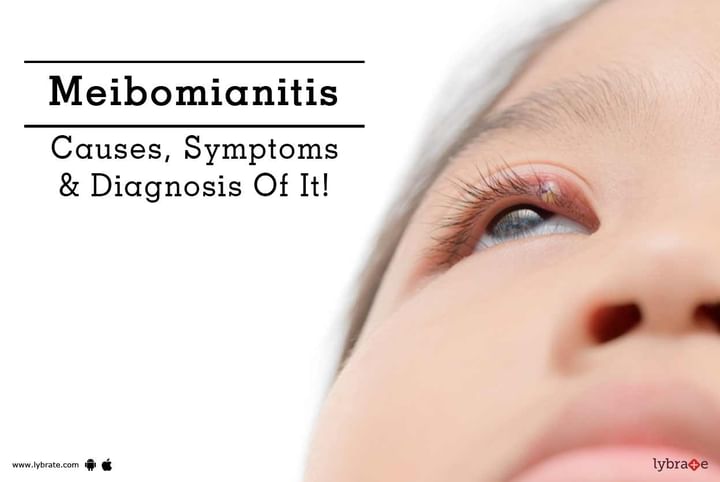Meibomianitis - Causes, Symptoms & Diagnosis Of It!
Meibomianitis is a disease that occurs when the lubrication glands of the eyes called Meibomian glands malfunction. The function of these glands is to produce oil that keeps our eyes lubricated and moisturised. Due to some reasons that we shall be looking at later, these small glands flip their switch and start producing excessive oil or just get inflamed causing Meibomianitis.
Bacteria also collect and prosper on the eyelids in the extra oil adding to the malaise.
So, how do you confirm that you have Meibomianitis?
Look out for these symptoms:
- Watery eyes
- Swelling and redness of eyelids
- Burning sensation in eyes
- Itchiness
- Flaking skin around eyes
- Crusted eyelashes
- Light sensitivity
- Frequent styes or bumps along the eyelids typically caused due to excess oil secretion and inflamed Meibomian gland
- Excessive blinking
- Blurred vision
- Loss of eyelashes
- Dry eyes
Like with all diseases, the severity of symptoms varies from patient to patient. A few may experience only mild symptoms, while others have to grapple with severe irritation and burning.
We suggest that you don’t wait for your symptoms to become extreme before you visit your doctor.
Root Causes of Meibomianitis:
We already know that Meibomianitis occurs when the meibomian glands in the eyelids don’t function properly.
But why does this happen?
The answer is that Meibomianitis is caused by any condition that increases oil production in oil glands. Like:
- Hormonal changes, especially during adolescence
- Allergies
- Skin conditions, such as acne and rosacea
- Eyelash lice
- Acne medications which actually encourage the growth of bacteria on the eyelids
- A few contact lens solutions
- Infected eye makeup
Meibomianitis, however, is not contagious.
Diagnosis and Cure:
When you go to a doctor with symptoms of meibomianitis, he will examine your eyes, focusing on eyelids and the front surface of your eyeball. By doing this, he will be able to identify whether you have blocked meibomian glands.
Next, he will use a swab to collect a sample of the crust or oil from your eyes and send this sample to a lab to be tested for bacteria.
If the test is positive, your doctor will recommend a thorough cleaning of your eyelids with warm water. He may also prescribe antibiotics or steroids to treat your eye condition in form of eye drops or creams applied directly to your eyelids, or in pill form.
Apart from this, you may have to forego wearing of contact lenses and treatment for your acne and rosacea. We also recommend that you go make-up free as this causes a buildup of bacteria and always maintain proper eye hygiene so that your oil glands remain infection - free always.



+1.svg)
